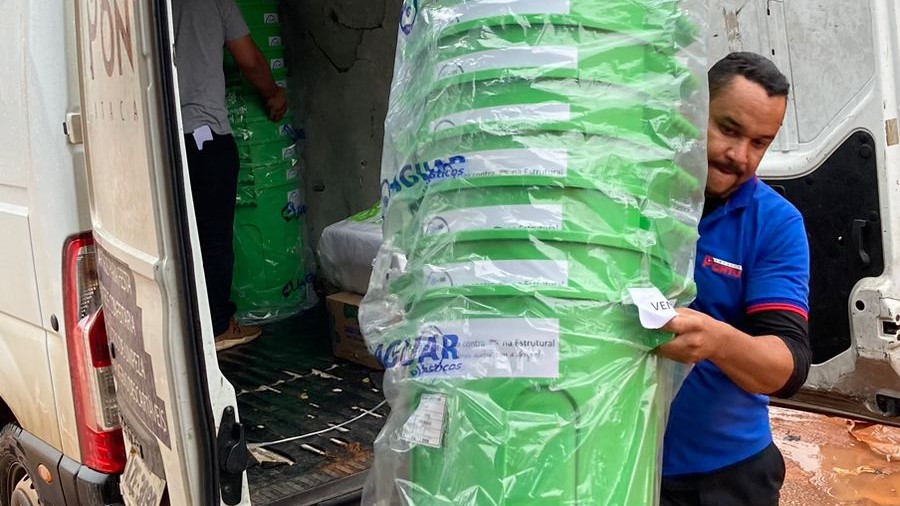
Zika, dengue and chikungunya: A multisectoral approach for reducing the burden of arboviruses among vulnerable populations in Brazil
Assessing sanitation levels and Aedes aegypti mosquito population densities to inform multisectoral approaches to arboviral disease management
Why this project?
Aedes aegypti is a mosquito species responsible for transmitting several arboviral diseases. In 2024, more than 3 million dengue cases were reported. Most of these were in Brazil.
Arboviruses are greatly affecting Brazil's population. Up to April 2024, Brazil recorded:
Multisectoral approach
The emergence of arboviruses in Brazil has been affected by:
Lack of selective garbage collection
Inadequate water storage
People living in open dump sites
To improve the prevention and control of dengue, zika and chikungunya, it was necessary to investigate the environmental risk factors associated with the transmission of arboviruses. Mosquitoes breed in inadequately stored water and in pools of water that collects in waste. It was therefore important to assess the impact of waste disposal in high transmission areas and to monitor the quality of potable water.
To best inform control actions, the correct identification of mosquito species is essential to collect and analyze entomological data related to the mosquito species responsible for arbovirus transmission. A mobile app was developed and validated to assist with rapid species identification.
There is a need to develop new identification strategies that are:
- easier to use,
- more illustrated and self-explanatory,
- designed to reach a wider audience,
- appropriate for rapid identification.
The aim
The overall aim of this work is to develop public health-applicable solutions to reduce the burden of arboviruses among vulnerable populations in Brasília, Brazil.

Objectives
Specific objectives include the following:
Assessing sanitation conditions in two different areas of Estrutural City and correlating these with cases of arboviral disease. Assessments included selective waste collection and quality of water for human consumption.
Improving entomological surveillance of urban mosquitoes by analyzing the population density of Ae. aegypti, and developing, improving and validating the CULICIDEX app for the identification of mosquito species of interest in public health.
Conducting qualitative research and health education in Estrutural City to better understand the population’s needs and awareness of sanitation. This included a focus on why and how water is stored in homes, as well as an analysis of the discomfort caused by mosquitoes in the study areas.

